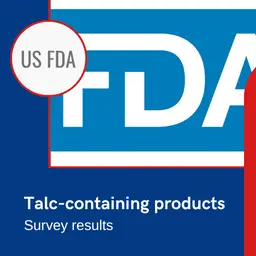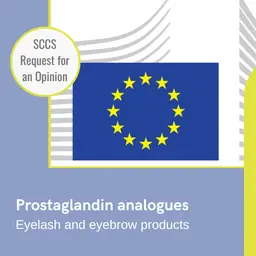
Tablets, smartphones, computers… all these objects seem to be vital for us now. As they became an integral part of our daily lives, they revolutionized our relationship with the ecosystem we live in. But if they are useful in many aspects, they can also be harmful for health. At a seminar held by Gattefossé in Paris on June 14, 2018, the ingredient supplier evoked the risks of digital pollution and the solutions suggested by beauty players.
As we are writing these lines – on a laptop, as a matter of fact – France counts about 49 million smartphone owners and almost 58 million web users. Figures speak for themselves: we are completely stuck to new technologies.
So, it is true they change our lives, make it possible to order just about anything we want in a few clicks, call someone on the other side of the world, and even sometimes work, in our official office or from a distance.
However, more and more researchers warn about the harmfulness of the blue light emitted by digital tools.
Hazardous for our eyes…
If, in 2010, an ANSES report (French Agency for Food, Environmental, and Occupational Health & Safety) pointed out a photochemical risk associated with blue light, evidence was provided for this hypothesis in 2016.
Indeed, the blue light emitted by our screens can have toxic effects in the long term on the crystalline lens and the retina, and it contributes to the development of macular degeneration.
In addition, children are a population at risk. Until the age of 10, their crystalline lens cannot filter UV rays and blue light.
As a result, to minimize problems, it is recommended for users to clean their screens (the absence of dust reduces dazzling), reduce the light intensity of their devices, sit at a reasonable distance from them, take breaks, and, why not, wear anti-blue light glasses.
… and our skins!
It is known that blue light (natural blue light or that emitted by screens) penetrates the skin down to the dermis. ’It creates an oxidative stress and generates free radicals in the skin cells,’ said a representative of Gattefossé.
It can make the complexion look dull, muddy, and less even, but also trigger redness on certain skin types.
We are not done with the damage it induces. Blue light is also related to the premature photoaging phenomenon. Indeed, fine lines and wrinkles may appear after prolonged exposure.
Screen protection: a new consumer obsession
Users now want to guard against the harmful effects of this ‘blue light’ scourge they are facing. And if some of them choose the ‘digital detox’ option, other, unshakable people willingly turn to the cosmetics industry. ‘If the fight against this new pollutant is still a niche market, it has obviously been growing for the past three years,’ emphasized the Gattefossé expert.
On the agenda? Skincare, sun care, and makeup products acting as anti-visible light shields: the offering is definitely soaring. Gattefossé are also making their contribution, as they have released a new active: EnergiNius. It protects the skin cells from the artificial visible light emitted by screens.
The ingredient supplier explains that this product ’boosts the cells energy and dynamism, protects the skin from the light emitted by screens, fights against digital pollution, and restores the vitality of the epidermis.’
It is only the beginnings of the digital era, and yet its consequences on health are less and less hypothetical.
As a result, consumers expect answers from beauty professionals to reduce its effects.
And the good news is, manufacturers and suppliers seem to be in tune with this new flourishing trend.













